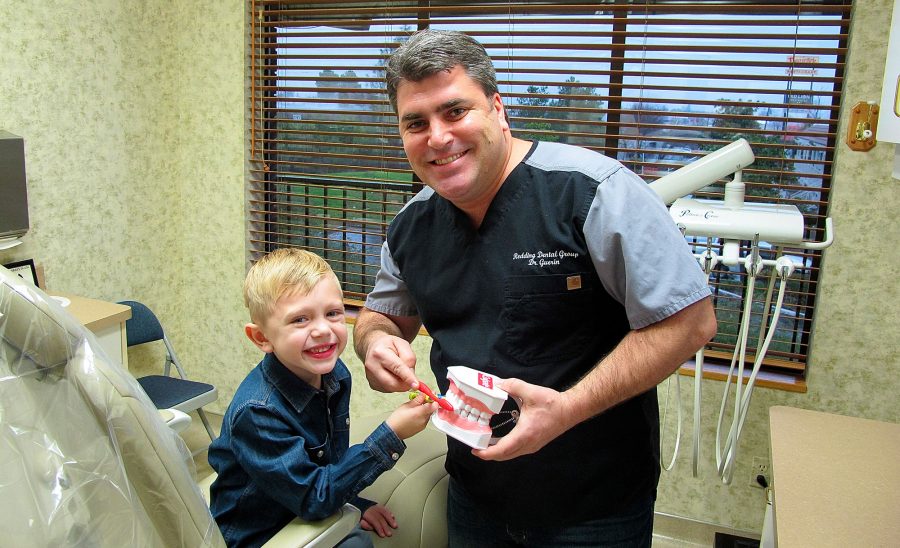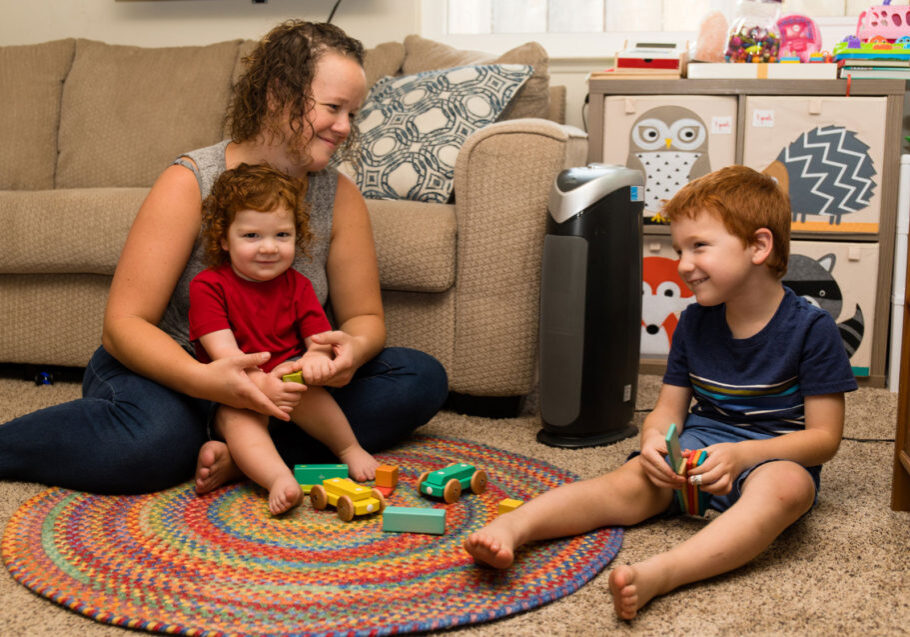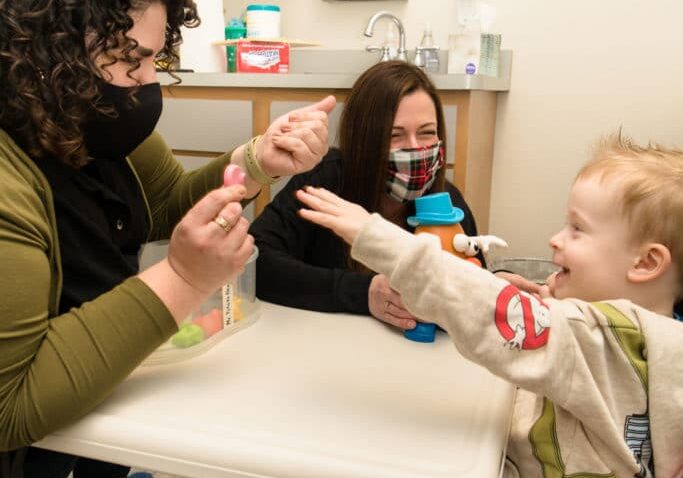“Did you remember to brush your teeth?” I said to my then 7-year-old son.
“Yes mom. You can check, even my toothbrush is wet,” he said, smiling with a grin so large that I could see the tiny flecks of broccoli from dinner still between his teeth.
I would sigh and ask him to supervise my brushing since I am old and sometimes forget. He would explain to me how to brush and point out what technique I needed to work on. I would say I was so confused that he needed to pick up his own brush and show me what he meant. Soon he realized this was my way of making sure he knew what he was supposed to be doing and watching to see that he did it.
This kind of scenario plays itself out in countless households every night. First-time parents may be surprised to learn that their child’s first dental exam should be directly after the first set of teeth cut through the gums, which is typically about 1 year of age. This is a good time for parents to get advice on how to motivate children to care for their teeth.
According to Dr. Shawn Guerin, DDS, of Redding Dental Group, the easiest way to get children onboard with brushing is by making it fun, starting with flavor. “If they don’t like the taste of the toothpaste they won’t like brushing,” says Guerin.
The American Dental Association (ADA) recommends twice-daily brushing with toothpaste and replacing the toothbrush every three to four months.
“Getting toddlers used to having their teeth brushed daily is important to instill good hygiene habits later. Some parents prefer to use a soft, moist cloth at first to remove plaque, then graduate to a soft brush as they get more teeth,” recommends Chico-based orthodontist Dr. Scott Hood.
Using a finger brush is another way children under age 2 can be introduced to brushing. According to Guerin, “A young child is more likely to tolerate mom or dad’s finger rubbing their teeth and gums than a hard object like a toothbrush.”
As your child gets older, the finer points of brushing come into play with the ADA guidelines of “2×2”: brush two minutes, two times a day. Hold your child’s toothbrush at a 45-degree angle to their gums while making sure to clean all surfaces of each tooth. Supervise your child to be sure he’s not speeding through brushing. The ADA recommends gentle brush strokes – only as wide as each tooth – to ensure proper cleaning, and also recommends using an interdental cleaner (like floss) once each day.
Using a brushing timer can increase your child’s awareness of how long two minutes actually is, teaching your child to complete the job in a way that can be fun. As children get older, Guerin recommends that parents educate kids on the benefits of brushing and flossing by keeping it simple and letting them know why keeping their teeth clean is important.
“The best thing parents can do before visiting the dentist is to talk to their kids,” advises Guerin. Explaining dental hygiene and dental processes to your child can be crucial to making each visit a positive experience. However, sometimes well-meaning parents or siblings may overshare about their own experiences, making younger kids apprehensive and potentially creating phobias that can hinder a child’s relationship with dental professionals. Instead of sharing details of what it’s like to get a cavity drilled, perhaps share that the dentist is a friend who helps keep “sugar bugs” from harming teeth.
“Typically, the first visit is a lap visit where parents bring the child in and we assess the child’s health and check his teeth,” says Guerin. If the child is especially agitated during that first visit, Guerin typically recommends waiting until age 2. Each visit thereafter should be every six months.
Letting your toddler choose his toothbrush color or a toothbrush with a beloved character image, as well as where the brush is kept, can be fun and can increase your child’s pride and ownership of dental care. “This can help inspire children to keep up with their responsibility,” says Guerin.
Mixed messages about dental hygiene are something to be aware of. “Schools often use candy as an incentive,” says Hood. “I disagree with this but it is difficult to stop. Giving sweets sends a mixed message and the kids get enough of that already. Younger kids can be incentivized with almost anything they hold dear.”
Motivation can be reinforced using privileges instead of sugary treats. For example, schedule evening toothbrushing time early and let your child watch that last cartoon or read a favorite book after he’s completed his evening oral care.
When it comes to dental hygiene, there are many ways to motivate and engage your little one, but the most important component is the supervision and bonding that comes from parents taking the time to lead by example. As with most things we teach our children, good habits will become lifelong with repetition and positive reinforcement.
Check out North State Parent magazine’s website for more resources:
Posted in: Health & Nutrition
Comment Policy: All viewpoints are welcome, but comments should remain relevant. Personal attacks, profanity, and aggressive behavior are not allowed. No spam, advertising, or promoting of products/services. Please, only use your real name and limit the amount of links submitted in your comment.
You Might Also Like...

Winter Squash Season at the Farmer’s Markets
With the weather changing, leaves falling and holidays approaching it’s one of my favorite times in the market — Squash Season. In Chico we are fortunate to have many farmers […]

The Troubled Tummy: Deciphering Your Child’s Chronic Digestive Distress
The dinner scene is dishearteningly familiar. Your 8-year-old daughter takes a couple bites of spaghetti, then starts poking at the food on her plate. “Eat up!” you say brightly, hoping […]

Test Your Sun-Safety IQ
Family camping trips can make for happy memories for parents and kids. But a camping trip, whether in spring, summer, fall or winter, can turn into a painful experience for […]

Smart Produce Shopping — Look for the Clean 15 & Avoid the Dirty Dozen
Smart Produce Shopping — Look for the Clean 15 & Avoid the Dirty Dozen The Environmental Working Group has released its annual Dirty Dozen and Clean 15 lists of fresh […]



